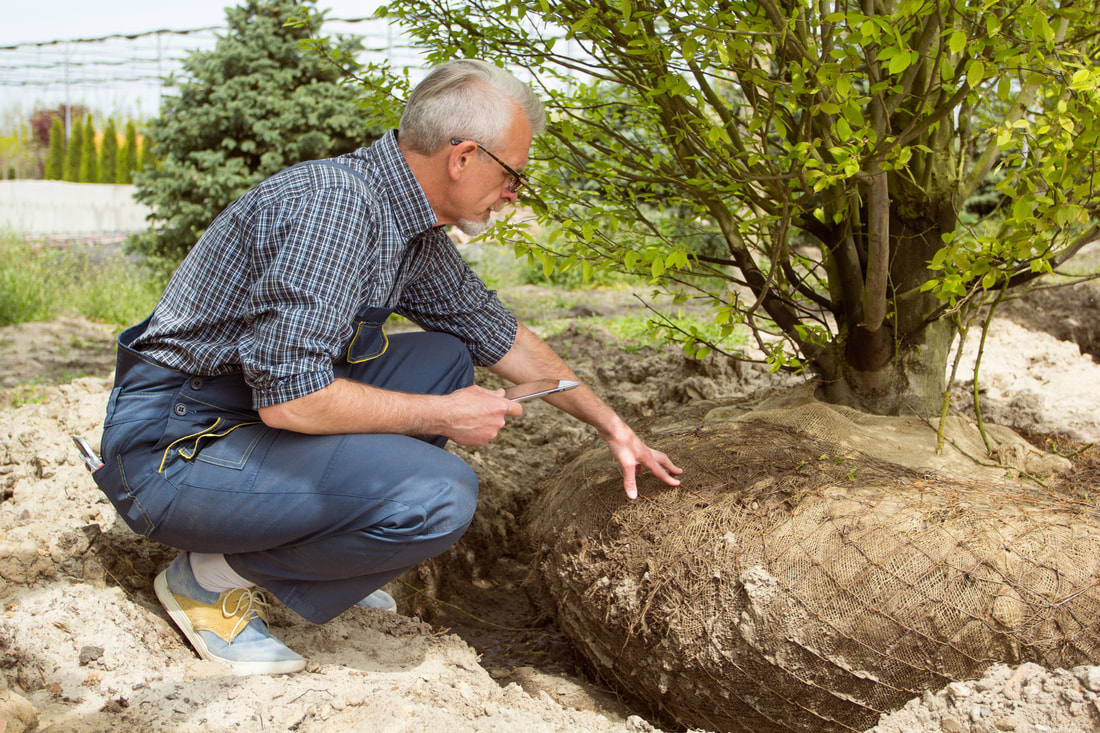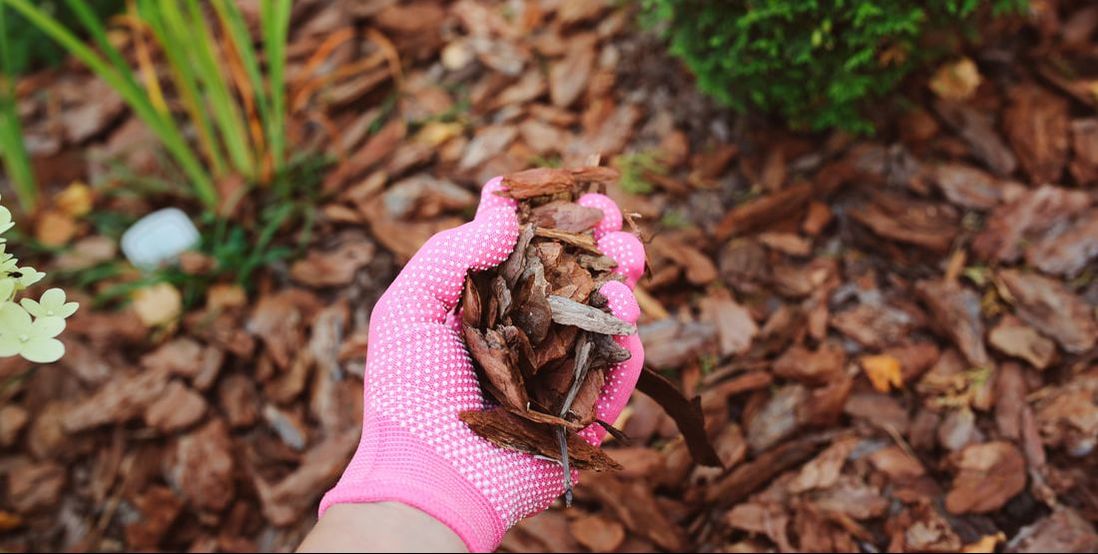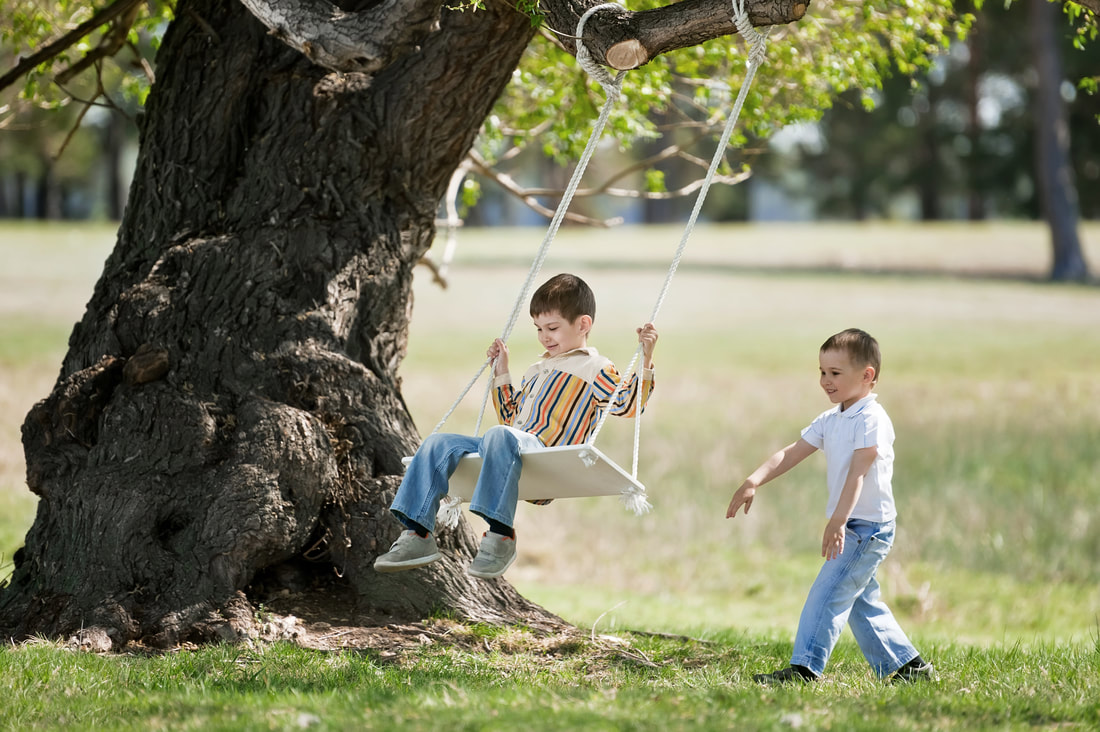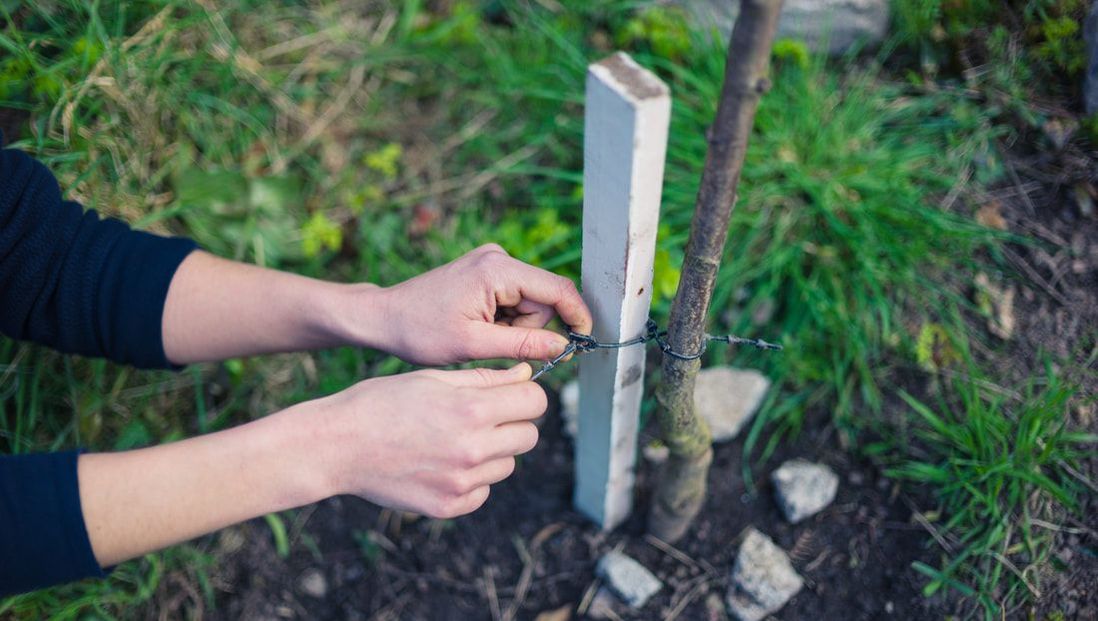|
Whoops! That perfect spot to plant your tree turned out to be not so ideal after all. Whether you placed your tree in an area that’s no longer compatible with your landscaping, or you’re moving and want to take an important tree with you, sometimes it’s necessary to uproot your saplings. Use these tips from the expert arborists at Tree Service York PA to learn how to transplant a tree successfully. Consider These Factors Before Transplanting:
How to Transplant a Tree? So now you’ve done all the preliminary work, investigated the likes and dislikes of your particular tree species, and set your sights on a brand new location for your tree to live out the rest of its days. Now let’s jump to the nitty-gritty of how to actually transplant your tree from one plot of ground to another. 1. Prepare the Roots For Transport Up to a few days before removal, wet the root area daily to soften the ground. 2. Estimate Root Ball Size For every inch of the trunk’s diameter, estimate roughly 12 inches of root length. When you begin to dig, you can adjust accordingly. 3. Prepare the New Location Dig a trench roughly two feet deep and double the width of your estimated root ball size. Don’t dig too deep--you tree should be planted at the same soil level it was. Make sure to moisten the new hole in preparation for its new inhabitant. 4. Time to Dig First, loosely tie the branches together if necessary. This will help keep them out of your way but will also protect them from breaking during transport. Using a spade, dig a perimeter around the tree using your estimated root ball size as a gauge. Then, with the face of the spade angled away from the roots, carefully dig deeply around the circle. When you hit stray roots, cut them clean. After you’ve cut down around the root ball, carefully dig underneath. 5. Wrap the Root Ball Lift or tip the tree from under the roots and carefully wrap the entire root ball, dirt and all, into a tarp or piece of burlap. Fasten with rope. 6. Transplant Immediately Re-plant your tree as soon as possible and water thoroughly to help prevent transplant shock. Now, treat your tree as you did when you first planted it. Water it diligently and check on it periodically for signs of shock. After a few growing seasons, your tree should be re-established and happily settled in its new location. Most young trees are hardy and tolerate relocation quite well. However, if you notice any signs of transplant shock, a tree specialist can diagnose the problem and help you get your tree back on track. If you live in the York, PA area, give Tree Service York PA a call. Tree care is our passion: From emergency tree care to storm tree removal and everything in between, we do it all. Planting trees can be quite the expense in itself, so it’s no wonder people hesitate to put mulch around trees. Mulch can be costly and applying it takes a bit of work. But trust us--mulch is essential to helping new trees get the protection and nutrients they need to grow healthy and strong. Here are Tree Service York PA’s top three reasons every young tree needs mulch:
What Kind of Mulch Is Best? The best mulch is organic, thick, composted bark or wood chips. A bed of pine needles or leaves works well, too. Don’t use mulch made of plastics, fabrics, or moss: These types of mulches do not provide the same benefits as organic mulch. How Much Mulch Should I Use? Use no more than 2-4 inches of mulch, spread 3-5 feet around the perimeter of the tree. Too much mulch can actually be detrimental to your tree, encouraging disease or rot. How to Apply Mulch Around Trees: Remove all weeds and grass from the perimeter of your tree, about 3-5 feet outward. Apply a layer of your preferred mulch, starting a few inches out from the trunk’s base. Never pile massive amounts of mulch right up on the base of the trunk as it encourages rot. A just-right layer of mulch will improve the health of your tree the way nature intended. To keep your mulch in tip-top shape, perform yearly upkeep: Rake back existing mulch a few feet and fill in the ring with fresh mulch. If you have tree care questions, we have the answers at Tree Service York PA. From tree removal to planting to tree trimming services, we do it all. We can agree that many of the best childhood memories involve a swing. It doesn’t matter whether it was a metal and chain swing from the school yard or a tire swing dangling from a favorite oak tree--the feelings were the same: Freedom. Joy. A sense of excitement that anything was possible. Now that we’re older, we’d like to re-create those same feelings of wonder for our own kids by fixing up the perfect backyard tree swing. But then our parent brain kicks in: Which tree’s branches are sturdy and safe enough to trust? Which kinds of trees can withstand the beating that a child’s tree swing will induce? Tree Service York PA knows all about trees--tree care is our passion and expertise. Use our handy guide to determine which tree in your yard is best suited for a tree swing. Type of Tree: The tree you pick should be a well established, sturdy hardwood tree with horizontal branches. If you have an old oak tree, consider yourself lucky. Oaks might as well have been created for swings. In addition to their thick leaf covering to provide shade, most oak trees feature wide, strong trunks and sturdy horizontal growing branches. You should shoot for a limb diameter of over ten inches for the best swing experience. Condition of Tree: Inspect any tree you consider to make sure it is healthy and free of rot or disease. Carefully look over the trunk and especially the branches. Do not use branches that are split, infested with bugs, or have a thin connection to the trunk. If the limb is dying, do not use it! Placement of Swing: Make sure that the branches are long enough to place the swing with at least a 4-5’ clearance from the trunk. You could have the perfect tree, but if the swing does not have enough room to sway through its full arc, you’ll be looking at skinned legs and sad kids instead of fun summer memories. Once you’ve picked your perfect tree, attach a tire or rope and board swing and let the fun begin! Who knows, after watching the excitement in your child’s face as they soar to the highest heights, you might want to jump on, too. And no one can stop you. We love trees--so much so that we’ve built an entire company around tree care. If you live near York, PA, and have questions about tree trimming and removal, we’ve got answers. Call us at 717-216-4888. Are you wondering how to stake a tree? It’s quick and easy to do. But before we begin Tree Staking 101, we’ll let you in on a secret: Most trees do not need to be staked. Why? Letting your new tree grow naturally without help will allow it to anchor a robust and hardy root system into the ground, stabilizing it for years to come. The trunk of the tree will also benefit from building bulk and strength right off the bat. In fact, staking certain types of trees is actually detrimental to their growth. There are a few instances that stakes are necessary, though. Let’s break it down: When to Stake
When Not to Stake
How to Stake a Tree If you’ve determined your tree needs to be staked, you’ll be pleased with how easy it is. You’ll need only a few things: Stake material: thin but sturdy metal or wood stakes (2) Strapping material: soft material such as old pantyhose or canvas strapping (2)
Yep, it’s that easy. When necessary, staking a young tree can provide it the jumpstart it needs to live a long, strong, and healthy life. We love sharing our tree knowledge fellow arborists because at Tree Service York PA, tree care is our passion. From tree planting to stump grinding to emergency tree removal, we offer tree care services that are affordable and professionally executed. That’s why we’re the top tree specialist in central PA. For more tips, read our blog or give us a call at 717-216-4888. |
© Tree Service York PA 2016-2020
Leaders Heights | Jacobus | Emigsville | Mount Wolf | Manchester| Marietta | Bainbridge | Wrightsville | Dallastown |Windsor | East Prospect |York Haven | Red Lion | Dover | Loganville | Seven Valleys
Tree Service York PA
2536 Eastern Blvd #102
York, PA 17402
(717) 216-4888
2536 Eastern Blvd #102
York, PA 17402
(717) 216-4888




